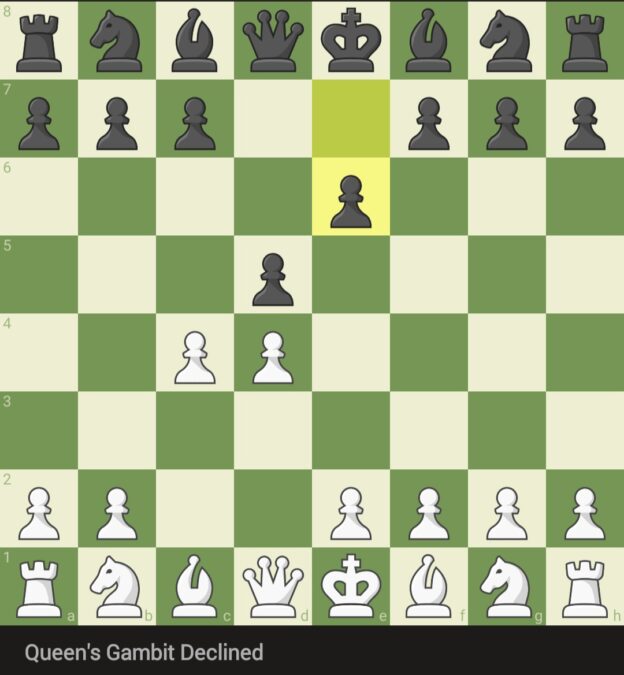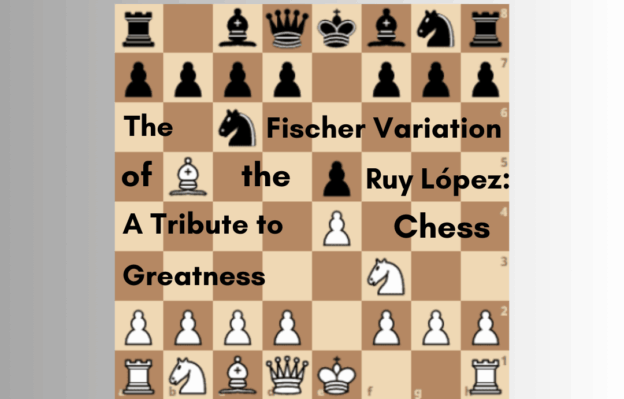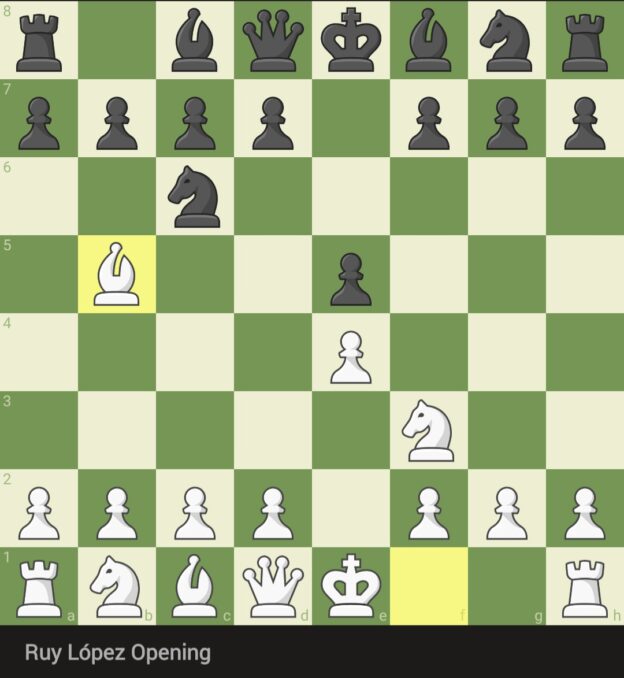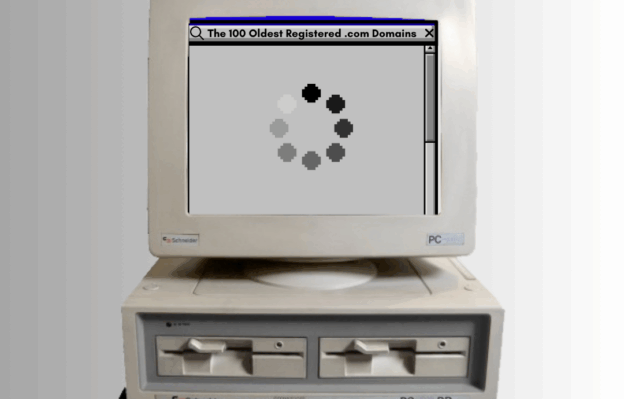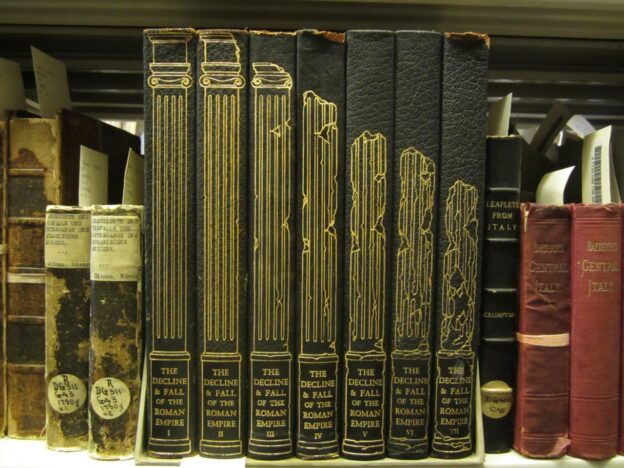In the vast expanse of chess openings, one stands as an emblem of solidity and strategic depth: the Queen’s Gambit Declined. This venerable defence has been cherished by generations of chess players for its ability to create an impregnable fortress, withstand the test of time, and pave the way for intricate battles of strategy. This essay delves into the history, principles, and enduring appeal of the Queen’s Gambit Declined.
Continue reading